 New OnePlus phone launches are a very big deal, as we’ve established that in the Android landscape, you don’t have as many options as you used to. With that said, it’s important that companies like OnePlus, Samsung, and Google are putting forth a good product, worthy of our money.
New OnePlus phone launches are a very big deal, as we’ve established that in the Android landscape, you don’t have as many options as you used to. With that said, it’s important that companies like OnePlus, Samsung, and Google are putting forth a good product, worthy of our money.
As we get deeper into the generations of devices, it’s clear that flagship phone launches mean two types of devices: a good one (Samsung’s Plus/Ultra, OnePlus Pro, etc.) and the cheaper one, such as the standard Galaxy S21 and OnePlus 9. Each phone has a purpose in the lineup, mainly to fulfill a certain price point. The question to me is, does this OnePlus 9 fulfill a role deeper than hitting a low price? I’ll obviously get into the nitty gritty below, so let’s just dive right into this thing.
This is our OnePlus 9 review.
What I Like
Specs – At its starting price of $729, this phone has all I’d need on paper. It has the latest Snapdragon chipset from Qualcomm, the 888, it has all the RAM I’d need, it has all of the cameras, it has the 120Hz refresh rate display, it has a large battery, and it has ridiculously fast wired charging. This thing is sweet at that price point. Allow me to provide you with the specifics.
The OnePlus 9 has a 6.55″ FHD AMOLED (2400×1080, 120Hz) display, Snapdragon 888, 128GB+ storage, 8GB+ RAM, triple rear camera system (primary sensor is the Sony-made IMX689), 4500mAh battery with wired Warp Charge 65T, 15W Qi wireless charging, 802.11ax WiFi, Bluetooth 5.2, NFC, in-display fingerprint (optical), stereo speakers, alert slider, and OxygenOS 11 at launch (based on Android 11).
At $729, this phone has everything average buyers should need and then some. The main highlights just from that list are the charging speeds, the same camera system as the OnePlus 8 Pro from last year (which was awesome), the 120Hz display, and Android 11 at launch, which is nice because we don’t need to wait for it and both the 9 and 9 Pro should receive Android 12 timely.
Display – OnePlus 9 comes equipped with a 6.55″ FHD AMOLED display, capable of 120Hz refresh rate. It’s not too big and not too small. In fact, I’d say it’s just right. After living with this thing for a couple of weeks, my main takeaway from the display is that while it gets plenty dark, I wish it got a bit brighter. Besides wishing for a bit more brightness, the other takeaway is the refresh rate. Yeah, I’m not sure why more people aren’t realizing how important 120Hz is. Like, if the Pixel 6 doesn’t have it, I think we should riot. Coupled with that 120Hz, OnePlus’ software is as smooth as butter (more on that in a bit), but it’s important to note here because I think the software helps the display appear fast to the human eye. Speaking more on the color and contrast, it’s a very solid panel, getting plenty dark and recreating rich colors.
There’s plenty of stuff you can tweak with this display, too. From the settings menu, owners can access Vision Comfort for your night time sleepy eyes, Reading Mode, Ambient Display, advanced calibration settings, and also throttle back the refresh rate if maybe the 120Hz isn’t your thing. For being the least expensive option in the new lineup, you’ve got plenty of choice here and I don’t think you’ll come across any issues with the display overall.
Performance – I’ve been trying to ensure that everyone knows this about OnePlus phones — they just hit different. If you’re unfamiliar with that phrase, it means something is really good, and when talking about the performance of OnePlus devices, such as the OnePlus 9 and 9 Pro, these phones are in a tier of their own. Even with the lower-priced $729 (8GB RAM) option, you’ll likely be way smoother than what I see from my Pixel 5 and possibly even my $1300 Galaxy S21 Ultra. I know nothing of the science behind it, but it’s what I feel and see when using OnePlus devices. It’s smooth!
And sure, any phone can be tuned to perform well when it comes to scrolling through apps or whatever, but even gaming, this phone handles it exceptionally well. I’m not doing the hardcore gaming like I used to, but I played the new Crash Bandicoot for a few hours and that was extremely smooth. I also used an app called Solar Smash, which is a graphics-heavy app that simulates different ways to destroy the Earth. It performs flawlessly on this phone, so I’m sure the average person will have no issues with gaming and other various tasks.
Editor’s Note: I’m now seeing Kellen used the same “hits different” joke in his OnePlus 9 Pro. That means it must be true!
Software – Not to be lazy or anything, but I echo everything Kellen touches on with the OnePlus 9 Pro and it’s the same exact software experience on that phone as it is on this one. While we’re not seeing a bunch of new features with OxygenOS 11 (based on Android 11), OnePlus’ software experience is feeling smoother than ever. And with the integration of Google’s services, such as Discover and the inclusion of all of Google’s apps and OnePlus ditching some of their own, I’m really liking this after having used the Pixel 5 for some time.
Below is a quick excerpt from Kellen’s software portion. Hopefully he doesn’t mind. It highlights one of my favorite little things (custom icon support), but pinpoints that it’s not new stuff we’re getting in OxygenOS 11, it’s just getting a lot better as it matures.
For the OnePlus 9 Pro (v11.2.1.1), we aren’t getting a bunch of new features necessarily. What we do get is a further refined experience with OnePlus’ always-on display, all of the gestures that have been baked in for several years, the options for customizing icons and shapes and fonts and lock screen content, etc. Again, it isn’t a bunch of new stuff, it’s just better on some level.
Battery – Unlike Kellen, I wasn’t running into any sort of battery issues with this phone. I get up at about 7AM every day and go to bed around 11PM. I’d be going to bed with around 5 hours of screen on time and a little bit of juice left, no problem. And the thing is, even if I did have issues, this phone charges so stupidly fast.
The 65W Warp charging is ridiculous, there’s no other way to put it. You’re running low on juice? Plug it in for 10-20 minutes and you’ve got hours of battery life pumped into your phones. It’s pretty damn remarkable and should be one of those things that sways you into buying it. It’s absolutely awesome. While you don’t get the fast wireless charging speeds like on the OnePlus 9 Pro, I’ve not been a huge fan of wireless charging, so for me, that’s not a dealbreaker. You still get 15W wireless charging on this phone. Not bad at all.
Camera – When thinking of the OnePlus 9 camera system, just think of it like the OnePlus 8 Pro. It features the same main sensor from that phone, and from what we already know, that phone has a killer camera. The OnePlus 9 is no different. In total, we have three sensors: 48MP (Sony IMX689) with EIS, ultra-wide 50MP, and a 2MP monochrome camera. We did a lovely little camera comparison between this phone, the Galaxy S21 Ultra, and the Pixel 5. Not too surprisingly, this phone keeps up fine with those devices, and honestly, there’s no clear winner from the bunch. For the least expensive option in OnePlus’ new lineup of phones, that’s awesome.
In the camera app, there are all of the modes and options you’d need when out and about. There’s a dedicated Portrait mode, Nightscape, Pro, Time Lapse, Panorama, Slow Motion, and Tilt Shift. When snapping shots, I find the camera to be really fast and capable. The colors it picks up seem great and overall contrast mixed with exposure levels are pretty darn spot on. It’s not Pixel camera (rich, deep contrast) good, but it’s good. The OnePlus 8 Pro also impresses us, so since it’s the same shooter as that phone, it’s no shock that the OnePlus 9 brings the goods. It’d have been nice to have OnePlus include the new Sony sensor on this device as they did with the OnePlus 9 Pro, but I suppose they need to give people a reason to pay more money. Oh well.
What I Dislike
Little Nit Picky Things That Add Up – This is a very important section. Instead of making different sections for everything I dislike, I’m basically gonna cram it all in here, only because a lot of it is little nit picky things that don’t really deserve their own spot. However, when you add these things up, it can be a little frustrating to use this phone. I can’t lie, I’ve wanted to throw this phone against a wall, but that’s partly because life has just been hectic lately. It’s not your fault, OnePlus 9, but it kinda is.
Anyway, let’s start with the fingerprint reader. Now that I’ve reprogrammed it, it’s fine. Out of the box, though, after that initial setup, it was trash. Like, so bad. I have no idea why, but it wouldn’t recognize my finger to save my life. After a couple of days thinking I had a borked unit, I completely redid the set up and it’s working much better. Great, but that’s not all. Allow me to make the case that optical sensors are total buns, but not necessarily in the accuracy department. The light the phone has to shine is way too bright. Let’s say I’m laying in bed, go to unlock my phone and BOOM, I’m fucking blinded by the little LED they stick in the display to light up your finger. That kinda thing sucks and it’s really jarring if you already have the Vision Comfort effect enabled on your display. It just isn’t how things should be in the future. For that reason, give me ultrasonic fingerprint sensors over this any day.
What This Phone Typically Looks Like
Next up? This Alert Slider. I love OnePlus’ Alert Slider, but this one? Naw, this is no good. The slider itself is way too loose. I’m not even trying to use it and every time I go to take the phone in and out of my pocket, it slides and changes my volume/vibrate/silent settings. I honestly can’t stand it. To counter, I just have to be more aware of how I’m handling my phone. On past OnePlus devices, the slider was a bit tougher to slide around, but this one is really light and loose, if that makes sense? It takes hardly any effort to slide it, which to me, isn’t ideal.
Right next to the Alert Slider is the power button. I can’t stand that either. It works fine for turning the display on and off, but I use the power button for its double click to open camera function. But again, this button is way too sensitive and it’s constantly opening the camera when I’m not trying to. I had to disable the function because it was irking me so badly. I was like that Thomas the Tank Engine meme — triggered!
Last up is the backside of this phone, the area surrounding the camera specifically. The camera module raises off of the body and the lenses raise off of that area, too. So here’s the thing with this — you get tons of hairs and dust and crap stuck in these little crevices, making this phone really hard to look at some times unless you stay on top of cleaning it. Hard to do that when it’s going in pockets all of the time. For this reason, I continue to advocate for flush cameras on the backside of phones. You know who did that? LG. You know what happened to them? RIP. Life’s rough, man.
It’s $729 and Plastic – After seeing a bit of clarification on what exactly is going on here, let me lay it out. The OnePlus 9’s frame is plastic. It’s a plastic phone. However, the backside of the phone is glass, not plastic. So if you drop it, you can shatter the back of the phone. But again, the frame itself is plastic. What does this mean? Well, it has essentially tricked my mind into thinking that this should be a cheaper phone than $729. It feels cheap. I know that might sound harsh, but by cheap, I mean it’s light and doesn’t really feel like much in your hand. Now, this might affect you differently than it does me. Coming from a Galaxy S21 Ultra, this phone feels like it weighs 1/10 of that device and my pockets are happy about that. However, will my brain ever think that this light, plastic frame phone is something premium? Probably not. Just in my silly opinion, I wish OnePlus appointed this phone with a metal frame. I’m not sure how it would affect the weight, or more importantly the cost, but if OnePlus wants to be in the premium smartphone game, those additions seem important to me.
Software Updates? – Google provides its Pixel phones with timely software updates for 3 years total (both major version updates and monthly security patches). Samsung, the king of Android updates (because we don’t count Google), offers updates to its phone for up to 4 years. As for OnePlus, they aren’t too bad, typically providing timely updates for the first 12 months after launch, then we see quite a slow down. Using OnePlus’ own phones as an example, the OnePlus 7 and 7 Pro only received Android 11 this month (March, ’21), many months after Google released it to the public for consumption. There was a lengthy beta period for Android 11, so we’re not sure what OnePlus was spending its time on. It certainly wasn’t updating its not-that-old phones.
If you go slightly newer, with the OnePlus 8 line, those devices received Android 11 a few weeks after release. Point being, OnePlus is great at updating newer phones, but once they start releasing phones newer than the one you recently purchased, you’ll see your updates start to slow down. This isn’t how Google does it and it’s not how Samsung does it. With Samsung, we see massive waves of updates, all within a relatively short period. With OnePlus, expect to have a little wait after that initial 12 months of ownership.
Availability and Pricing
Starting at $729 for the 8GB + 128GB model, you can purchase the OnePlus 9 from a few retailers, as well as directly from OnePlus. If you have the chance, we recommend buying the unlocked units, instead of one from T-Mobile, as they tend to receive software updates quicker than carrier variants. If you need to go through T-Mobile for a deal, though, it’s fine. For just $100 more, you can completely spec out your OnePlus 9, with the 12GB RAM + 256GB storage model running you $828. If you think you need all of that RAM, then by all means.
OnePlus 9 Pricing Breakdown
- OnePlus 9 Pro (12GB RAM + 256GB storage): $1069
- OnePlus 9 Pro (8GB RAM + 128GB storage): $969
- OnePlus 9 (12GB RAM + 256GB storage): $828
- OnePlus 9 (8GB RAM + 128GB storage): $729
Videos
Unboxing
Gallery
The Verdict
If I’m being honest, I would try to talk people into the OnePlus 9 versus the OnePlus 9 Pro. To me, they’re basically the same phone, but you’re getting more value from the OnePlus 9. This phone has a great camera setup, an extremely smooth user experience, that super fast wired charging, and good software that may or may not see timely updates after 12 months. At $729, that seems like a steal to me. The Pixel 5 is $699. This OnePlus 9 is $30 more. It’s not even a question if software updates aren’t a huge priority to you. Get this phone, it’s really good. Does it have a few shortcomings? Sure, but I can argue that you’re still getting one helluva package with all of the specs you really want and need. Just don’t get mad when OnePlus releases the OnePlus 9T later this year. It’ll probably be really, really good.
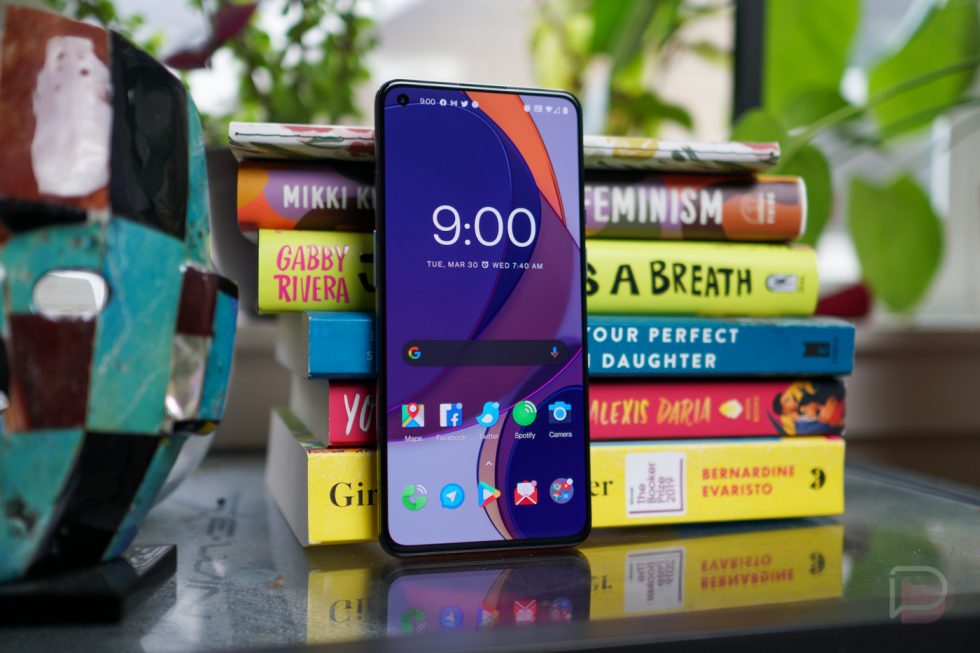
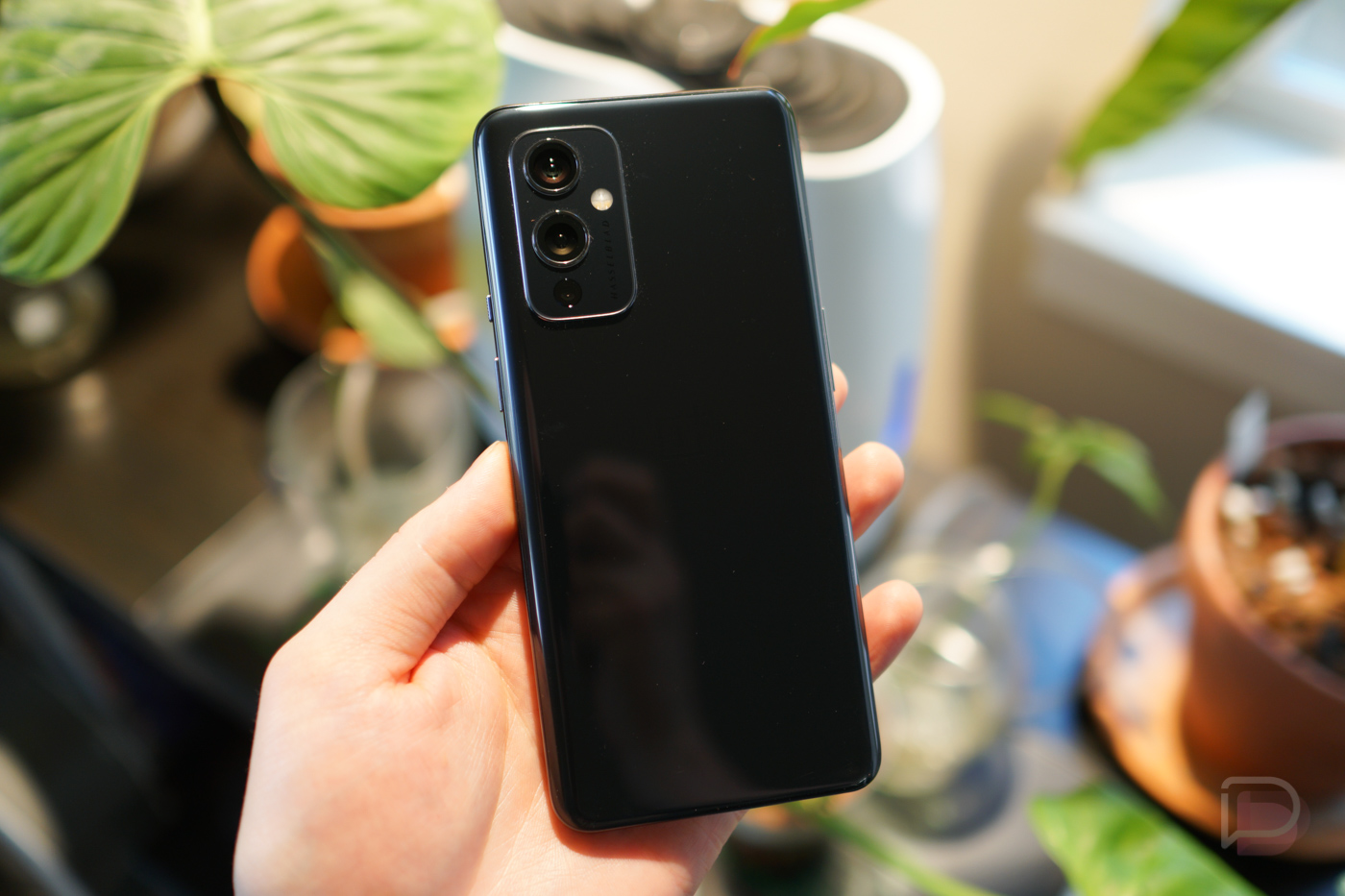
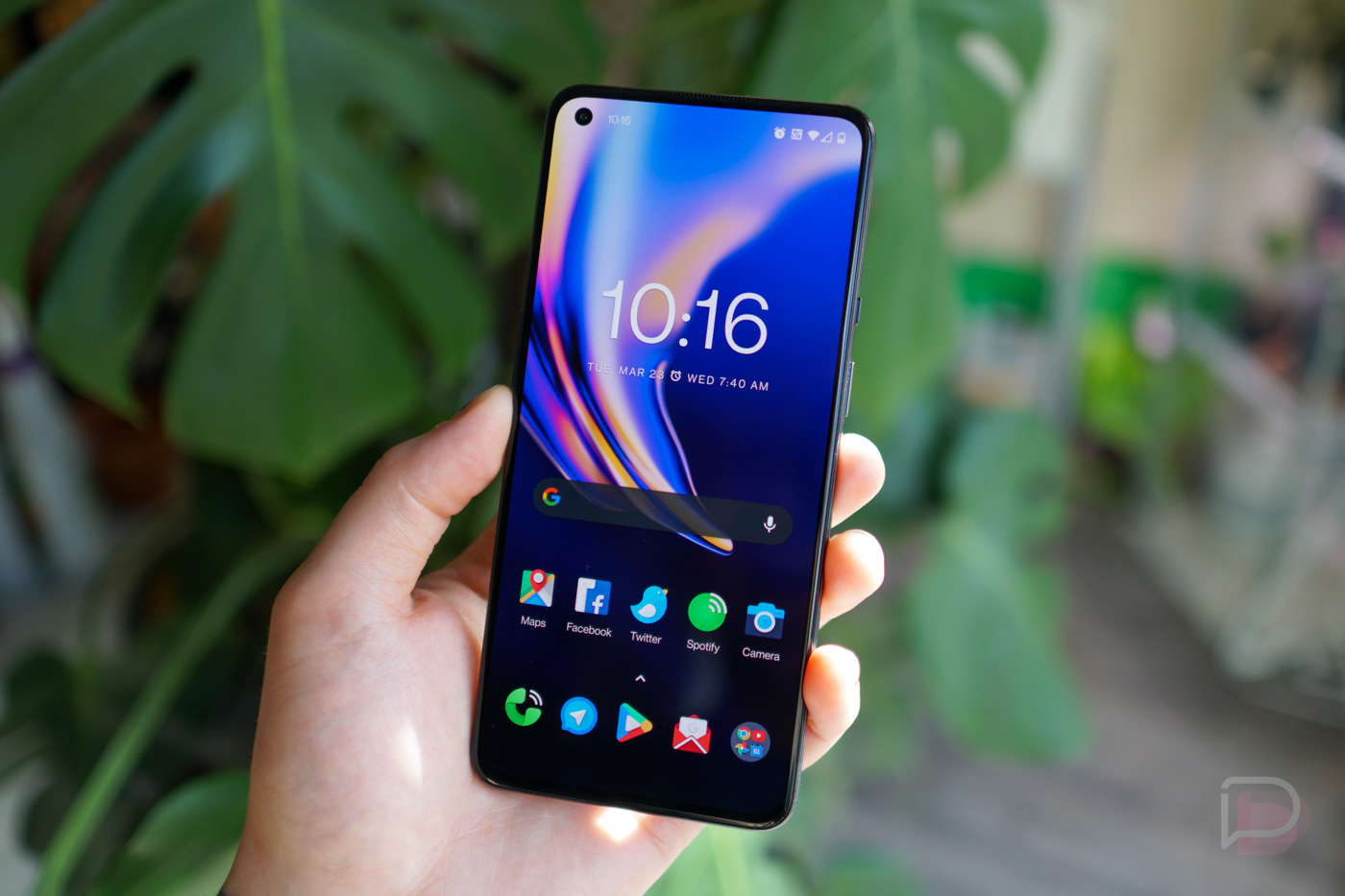
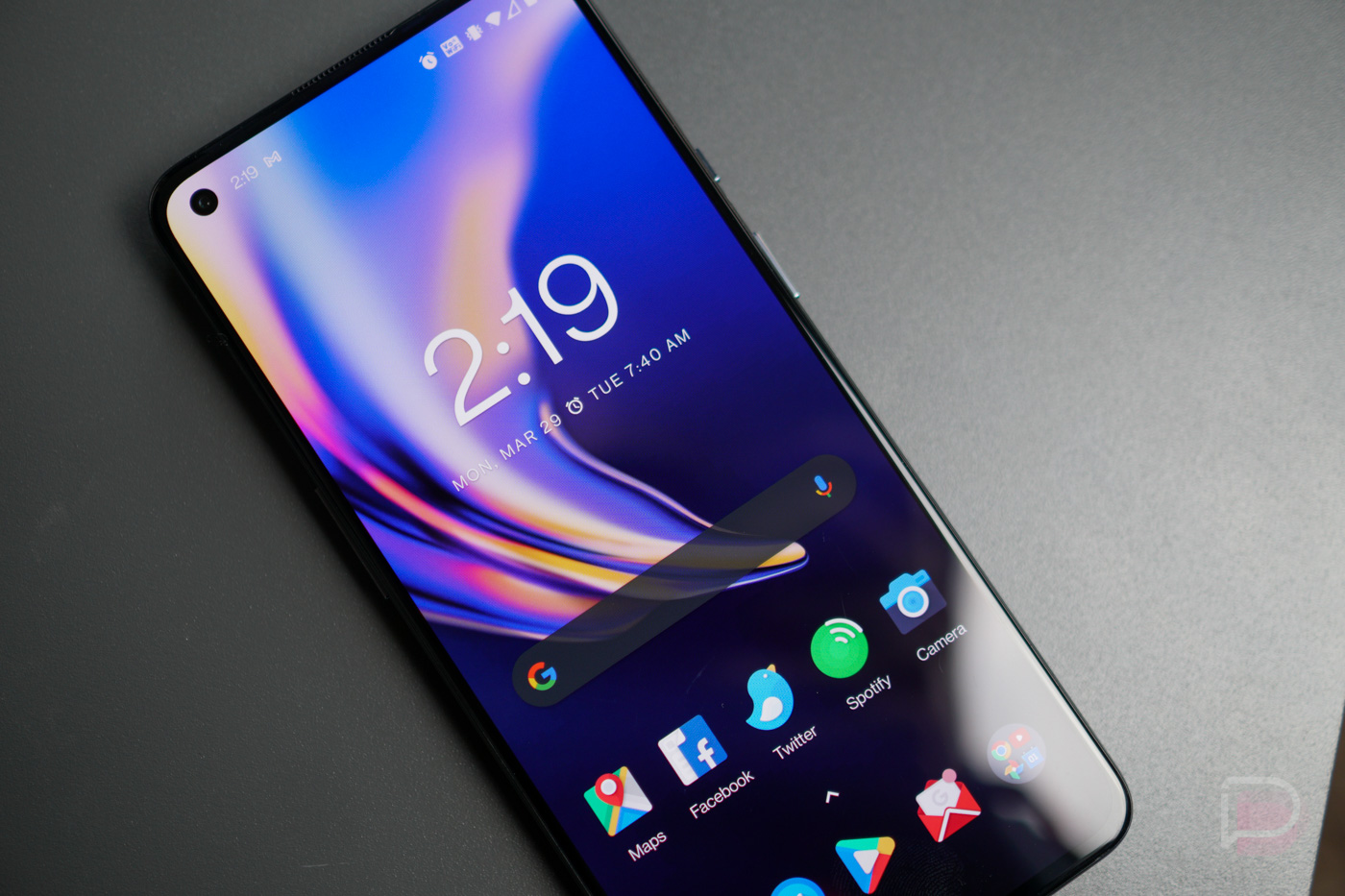
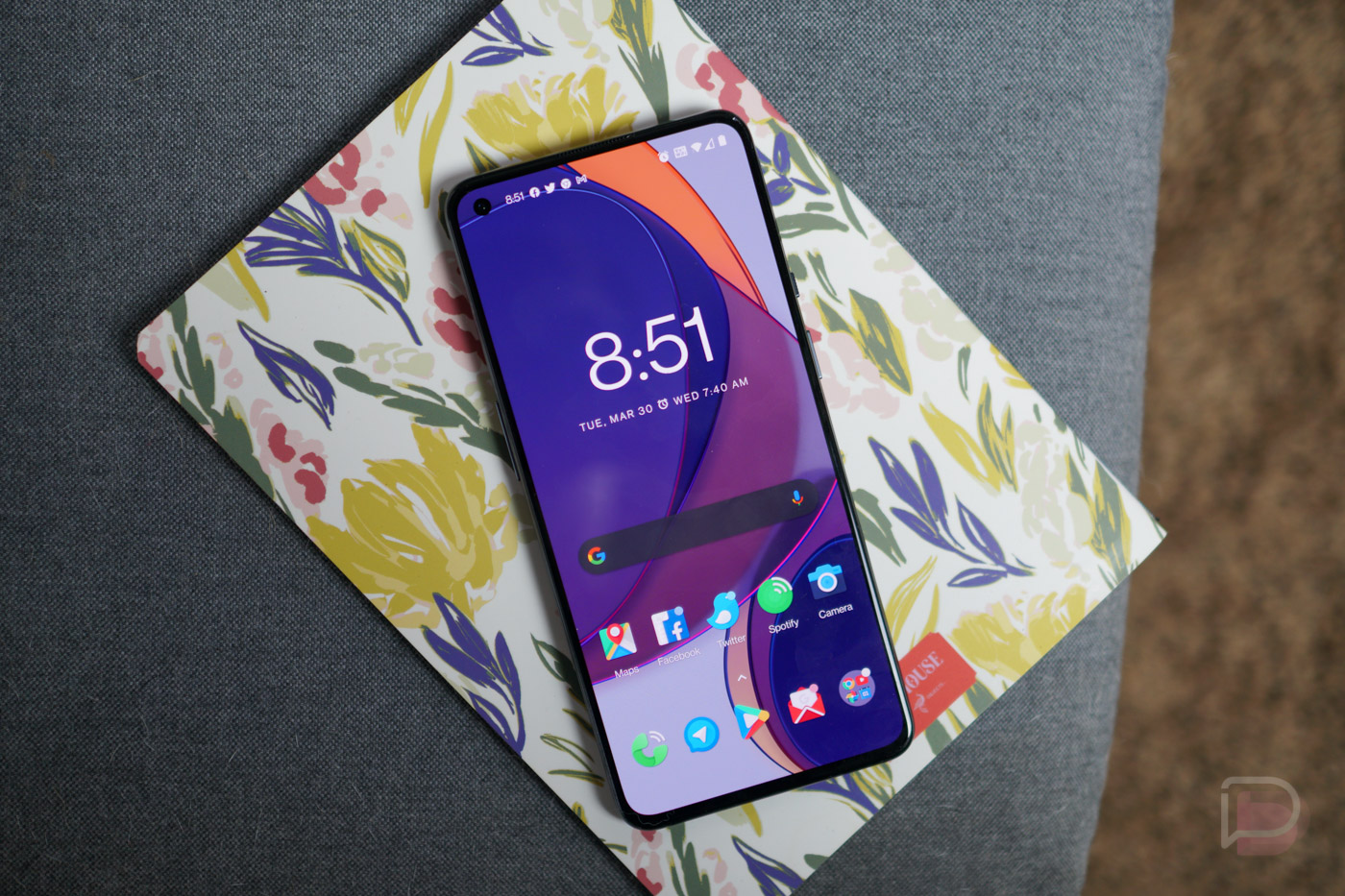
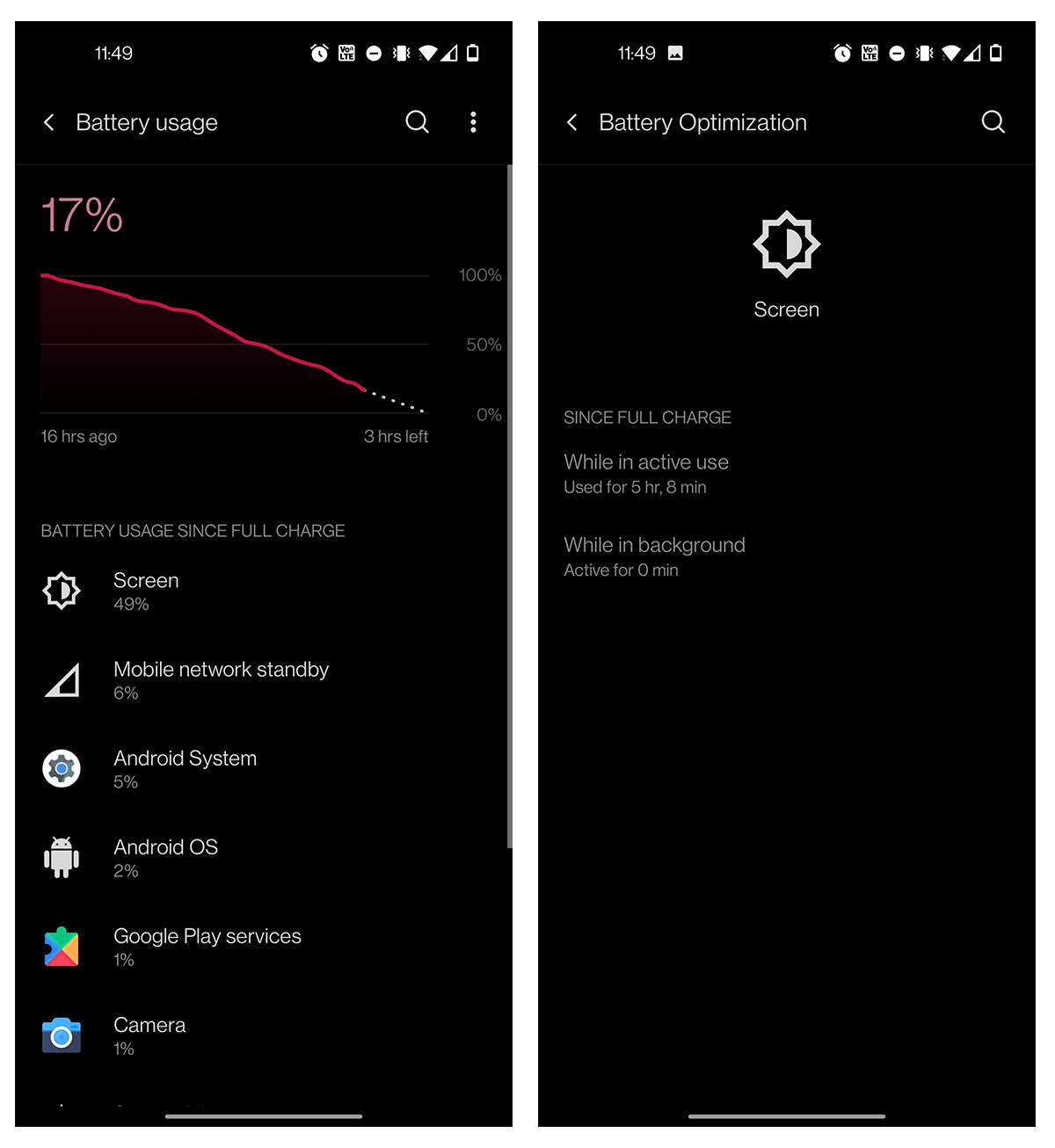
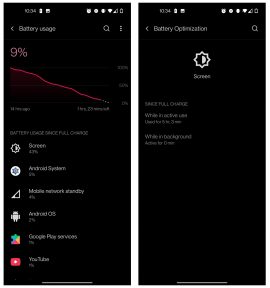
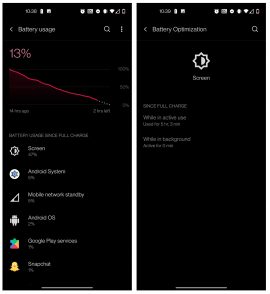
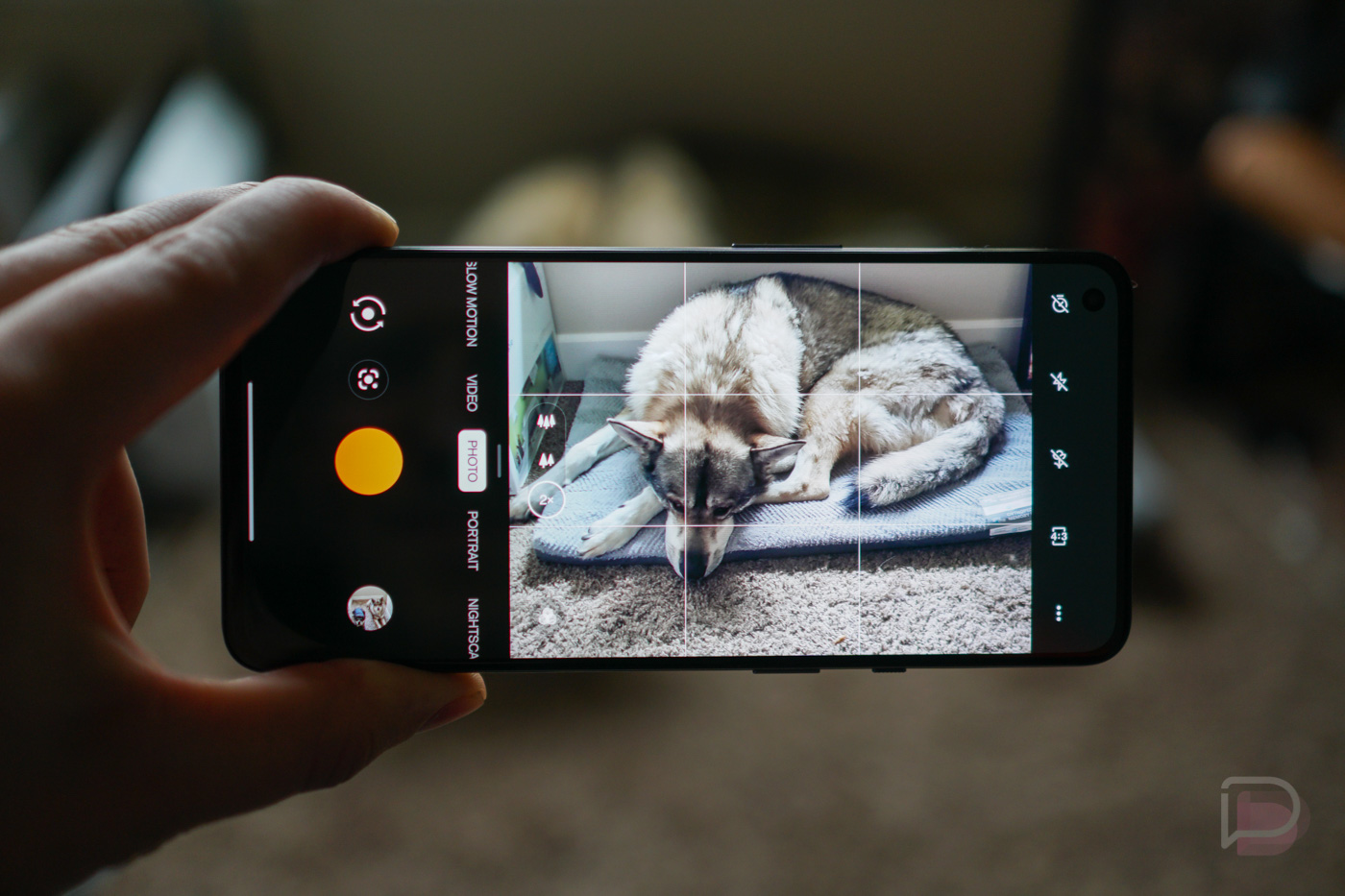




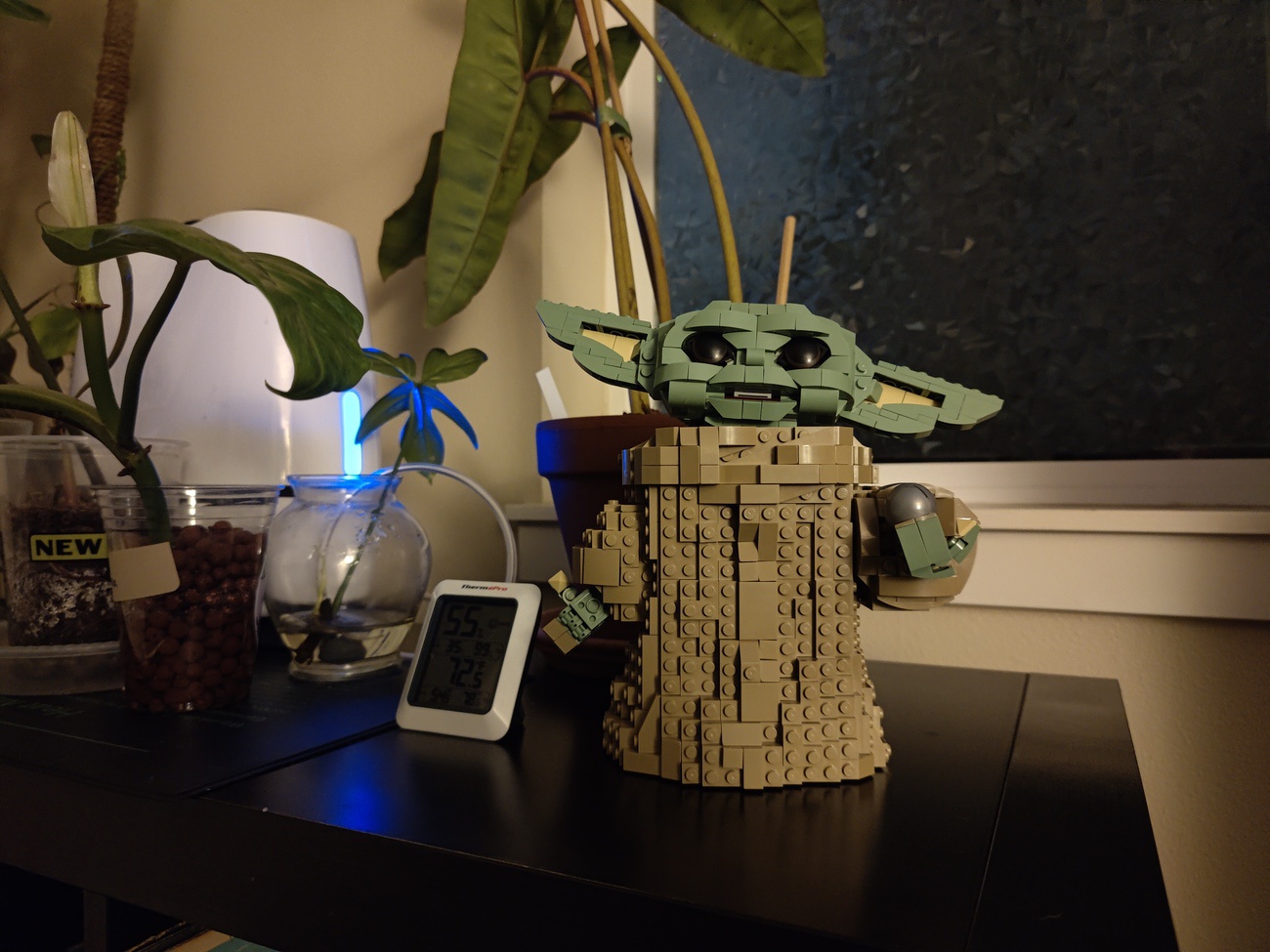






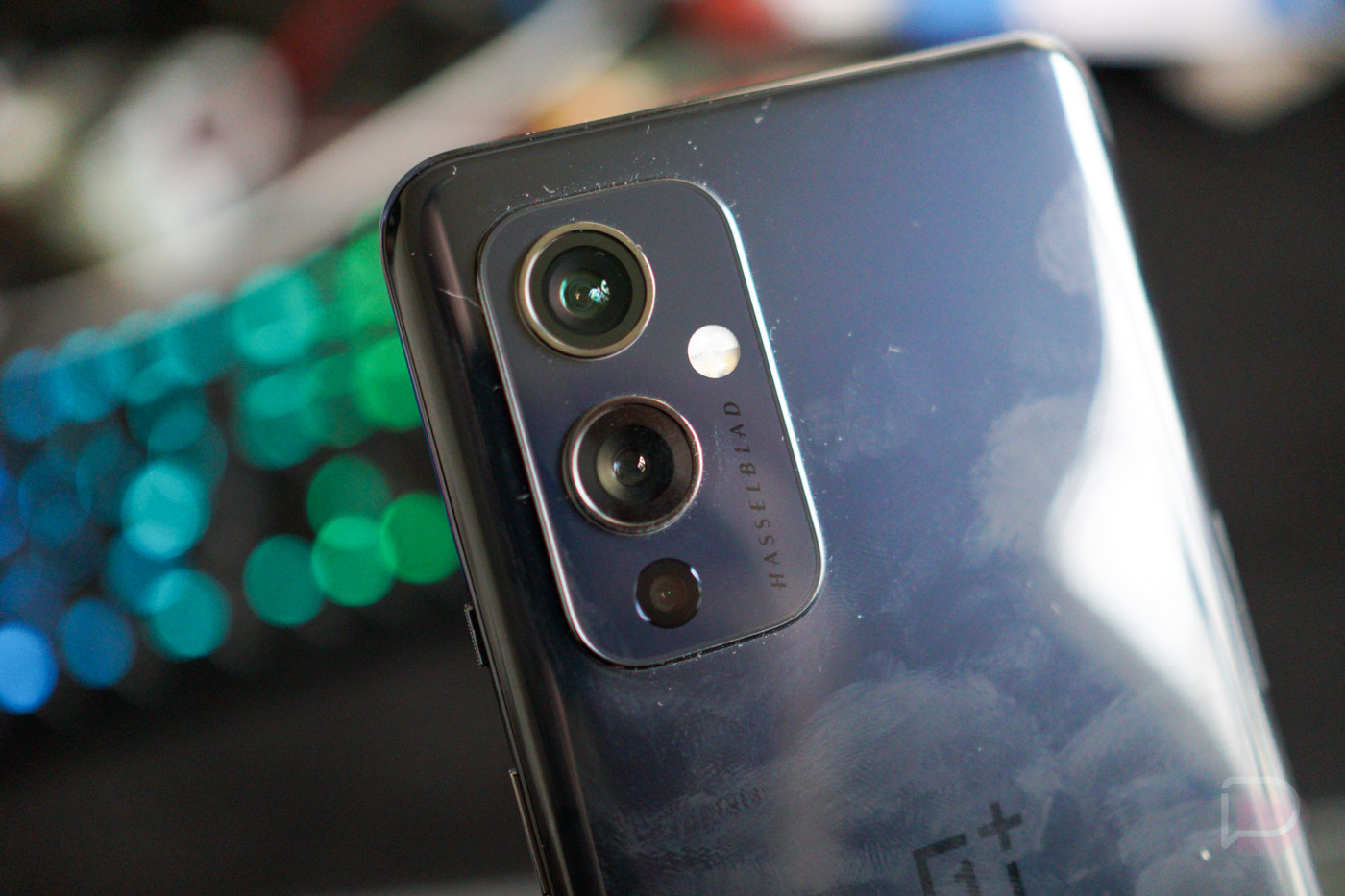
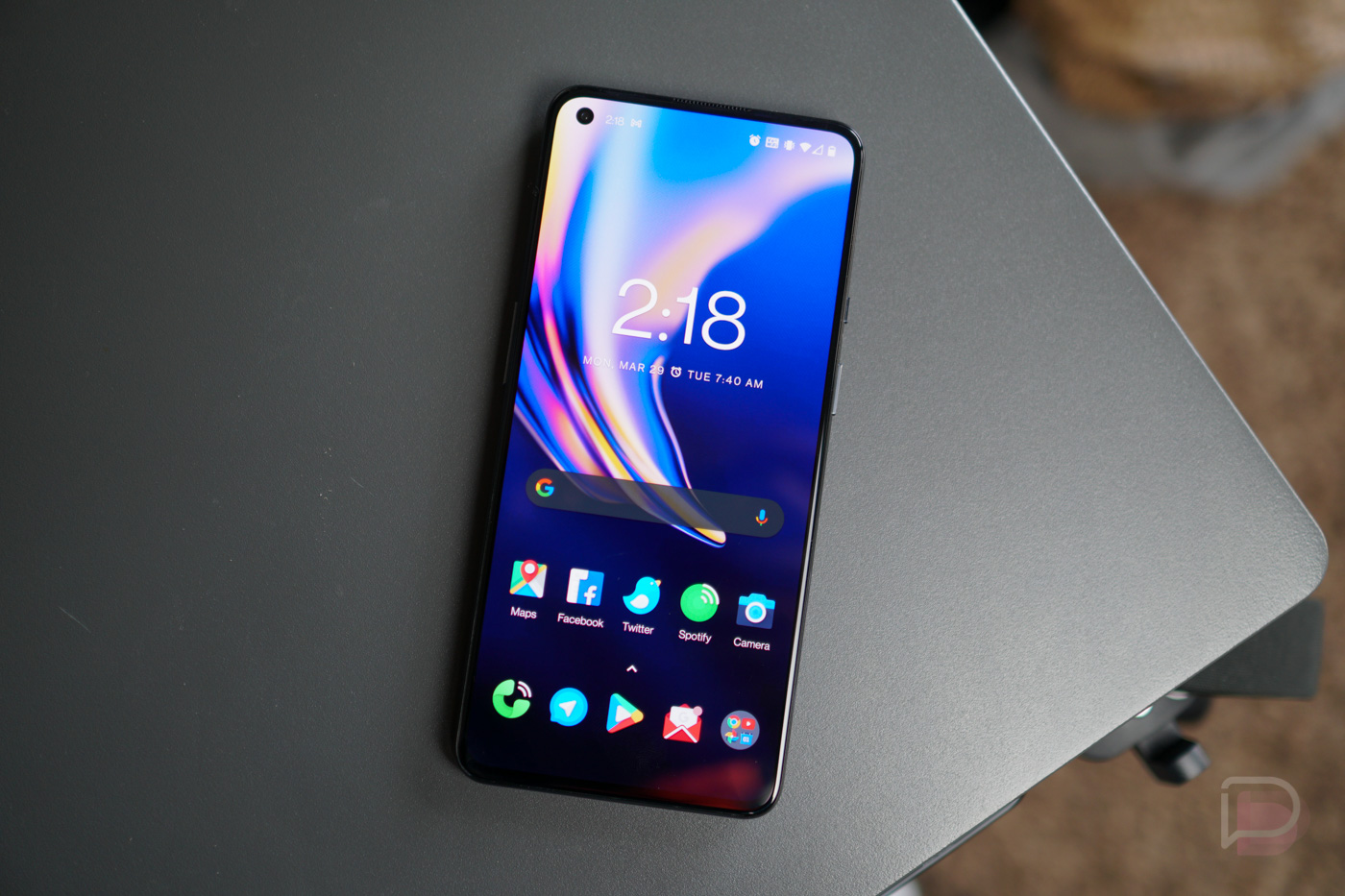
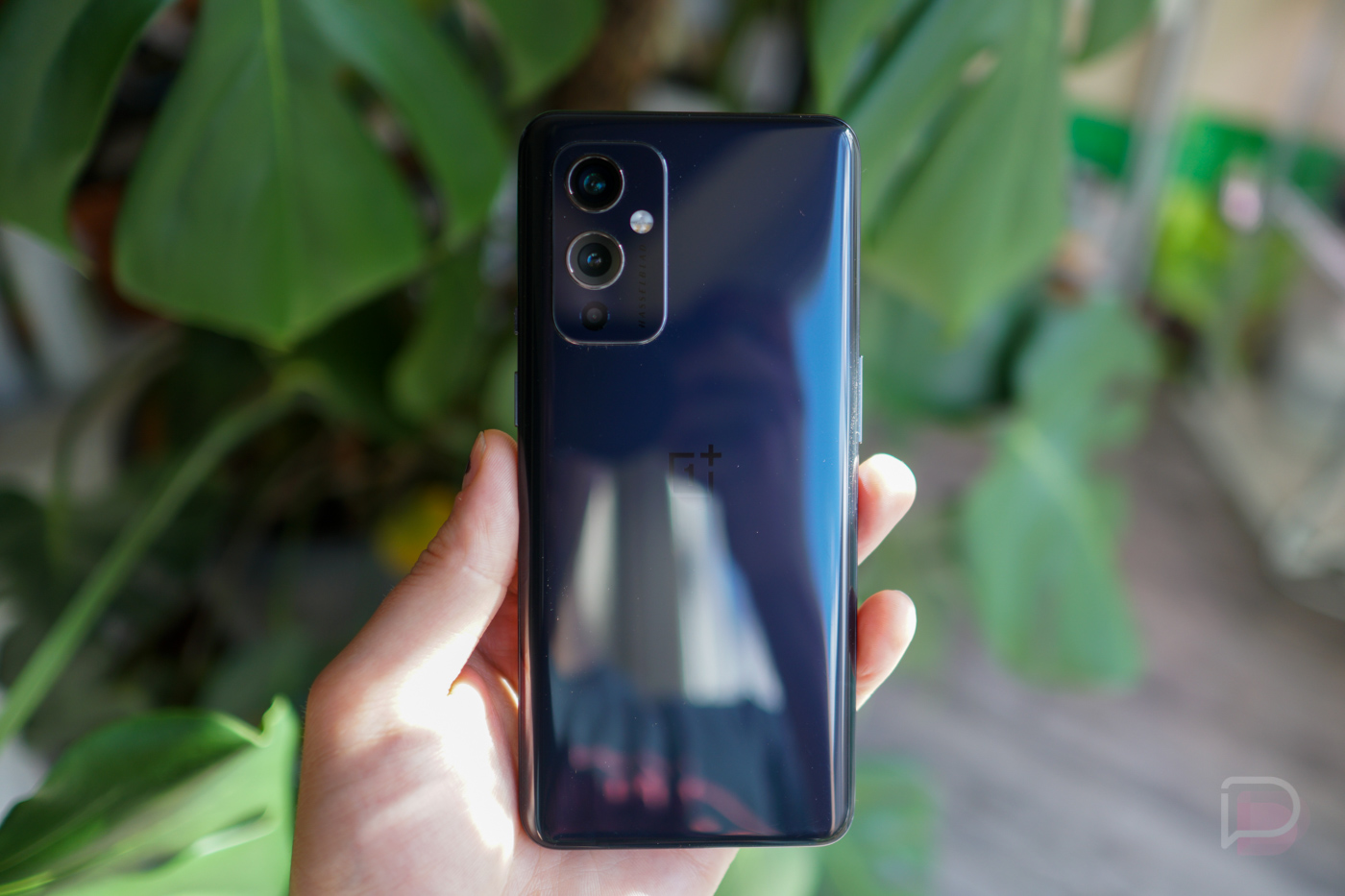
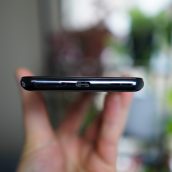
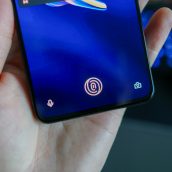

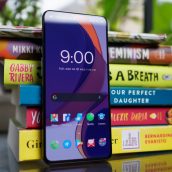
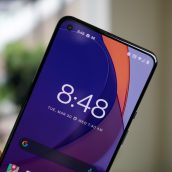
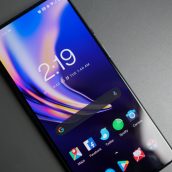
Collapse Show Comments17 Comments